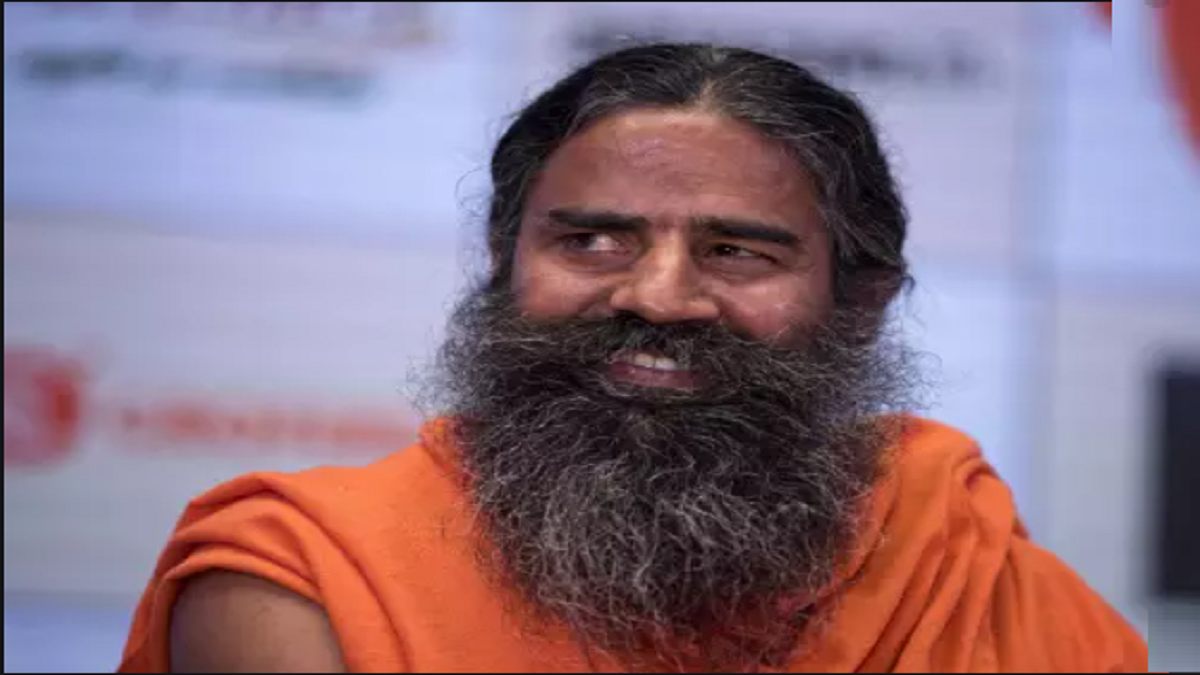The country was in a deep fiscal crisis and facing a very difficult balance of payment (BoP) situation during the late 1980s and early 1990s. The acute fall in the BoP led to an expeditious depletion of forex reserves. It declined to Rs 3142 crore and this sum was not even enough to finance imports for one month.
At that time, there was a minority government at the centre with the support of Congress from outside. To counter the problem and for fiscal correction, the government decided to divest up to 20% of its equity on selected central public sector undertakings (CPSUs) as one of the measures through the interim budget, presented in March 1991.
Later, the Congress party formed the government and introduced a new economic reforms policy in July 1991. The new era of reforms started and it led to the adoption of the disinvestment policy of the previous government. Since 1991, all successive governments have been adopting more or less the same policy for the disinvestment of CPSUs.
In 1998, the BJP-led NDA formed the government and took the initiative of speeding up the process of disinvestment. During the NDA government, the maximum amount was realised through disinvestment in the form of strategic sales. In such a case, the ownership of the CPSUs was given up by the government.
From 2004 to 2009, the pace of disinvestment had slowed down. At that time, the Congress-led United Progressive Alliance was in power with the support of the left front. The left parties were not in favour of the disinvestment policy. The left parties forced the government to retain the existing Navratna companies and profit-making CPSUs will not be sold. Accordingly, the strategic sale methodology was called off.
However, during 2009-14, the process of disinvestment had picked up pace as the Congress-led UPA-II formed a full majority government. The government ruled to bring its equity in CPSUs down to 51% without diluting its public sector character.
Henceforth, the BJP-led NDA came back in power under the leadership of Narendra Modi and formed the government in 2014. It seemed that the government would not go ahead with the disinvestment policy as the BJP had not even put disinvestment on its manifesto. It was expected that Narendra Modi may choose to revive CPSUs instead of selling them off. But by ignoring all earlier assumptions the Prime Minister Modi had started giving a new impetus to the process of disinvestment. The government raised Rs 322383 crore from the disinvestment of CPSUs in its five-year tenure. This was done in an average of 21 transactions each year.
In the general election of 2019, the NDA again formed the government. However, this time the government faced tough challenges. The government faced the brunt of the Covid-19 pandemic in the financial year 2021. The global pandemic had increased the government’s expenses too much and reduced income drastically. The government tried to speed up the divestment to increase its revenue but failed. The global Covid-19 pandemic had also hindered the process of disinvestment. The government had realised only 15.64 per cent of the amount against the target in the financial year 2020-21.
Therefore, the government adopted a new robust privatisation policy as ‘The Strategic Disinvestment Policy-2021’ (SDP21) for the CPSUs to reduce the fiscal burden. This time the government replaced the word ‘disinvestment’ with ‘privatisation’. All CPSUs have been divided into strategic and non-strategic sectors. The CPSUs of the non-strategic sector will be completely privatised. The government has kept four sectors under the strategic sector and planned to limit its presence in this too as a bare minimum presence.
In addition to disinvestment, the government came up with a monetisation programme under the policy of CPSUs reform. The government has introduced a roadmap for asset monetisation in the budget for 2021. The government has proposed to launch a ‘National Monetisation Pipeline’ to assess the potential value of underutilised and unused government assets.
It is expected that the government’s privatisation programme for FY22 may get delayed due to the second wave of the pandemic. But the government is confident that the target of Rs 1.75 trillion is still achievable. Nevertheless, the government should introduce a transparent policy for CPSUs reform and not limit itself to privatisation alone. The amount raised through disinvestment should be used either to retire old debt and/or to restructure CPSUs. It should not be used for expenditure.
Vinay K Srivastava teaches at I.T.S Ghaziabad. His Twitter handle is @meetdrvinay










